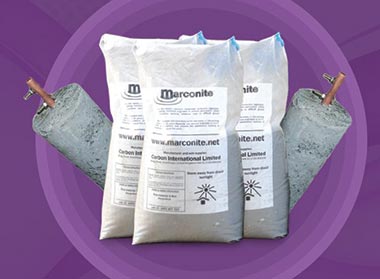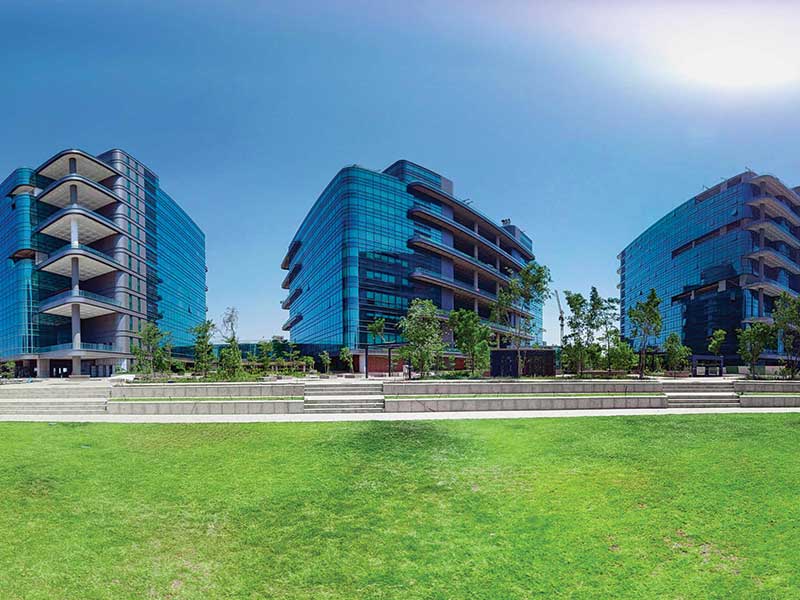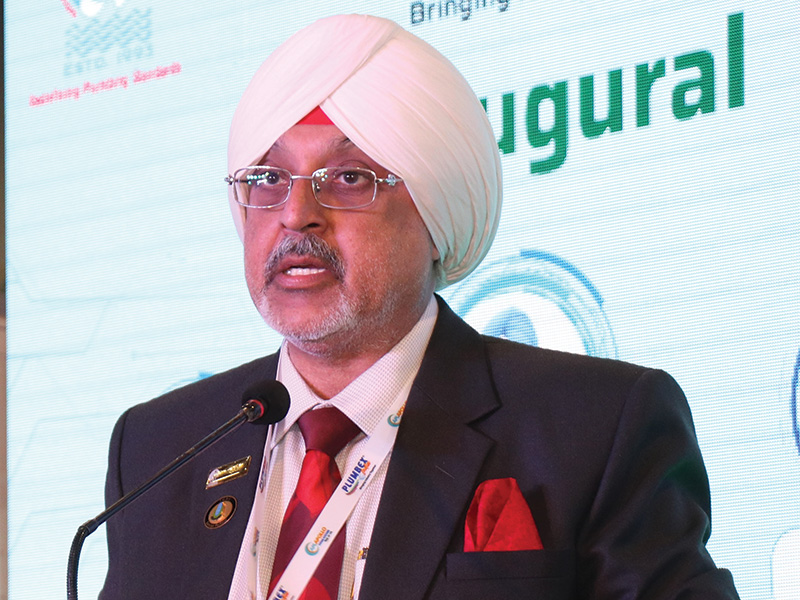Earthing is a matter of design and needs serious design considerations. Architects must question whether the earthing is adequate to ensure safety of life/assets/equipment in the facility premises
Vijaydeep Verma
Breakdowns in manufacturing plants lead to loss of production and optimum performance of the machineries. Factory/plant architects and designers must take a knowledgeable approach towards possible reasons of breakdowns, address the problems with the right solutions, and thereby ensure trouble-free production.
One of the major reasons for electrical breakdowns in manufacturing plants is the poor electrical earthing. Most business owners are flushing their money down the drain through poor earthing of their premises and don't even know it! Bad earthing / grounding is widely neglected, and there is little awareness amongst the technical staff in most of the plants and offices.
Shoddy earthing is the cause of short circuits, electrical sparking, fire, shock, shutdowns and damage to assets like UPS, inverters, servers, transformers, DG sets, assembly line machines, besides the reason for incurring high electricity bills. It's a fact that faulty earthing has been the cause for major fires in many industries/factories, resulting in loss of assets worth millions.
Earthing is a matter of design and needs serious design considerations. Architects must question whether the earthing is adequate to ensure safety of life/assets/equipment in the facility – be it a factory, office, school, hospital, mall, etc. Business leaders and factory/office owners should do a litmus test based on three basic questions to question if the earthing in the premises is taking a toll on the company‘s profits:
- Was the Soil Resistivity test done at the factory / office at the proposed earthing location?
- Is your maintenance cost high (due to frequency of breakdowns, short circuits, repeated replacement of damaged parts, manpower cost, etc)??
- Are you aware of the decreasing performance of your earth pits??
Decisions for earthing are often based on typical thumb rules, which are not suitable for different conditions. Also, these thumb rules do not consider soil resistivity, required earth resistance, and length of electrodes. Rather, they consider the age-old practice of a 3-meter chemical/conventional electrode to be fitted in all the situations. But, there is a scientific 5-step process for proper earthing:
While most business leaders are keen to usher in the latest technology/machinery and safety equipment, lesser focus has been on replacing the old earthing practice of using a GI/Cu pipe/plate impaled 3 meters (or less) into the ground and sprinkled with salt and coal. Advanced technology can offer maintenance free, corrosion free, and defect free solutions for a longer time.
| Earthing is a 5-step process | ||
| Step | Description | Remarks |
| 1 | Know the required resistance of the earth electrode as per the application | CPWD recommendation: a. < 1 Ohm - Power stations b. < 2 Ohm - DG sets/other critical applications c. < 5 Ohm - Solar/other applications/body earthing |
| 2 | Measure the soil resistivity test at the site where the earthing is to be done | Is done in-situ. Most important step for designing the earthing solution |
| 3 | Design the earthing solution as per the test readings and required resistance values | Follow the design recommendations |
| 4 | Install the electrodes | Follow the correct practices |
| 5 | Test and integrate with system/application | Check and ensure that the desired results are being met |
| Usually, steps 4 & 5 are adopted while ignoring steps 1, 2 & 3. | ||
The Soil Resistivity test is dependent on Mother Earth and varies from place to place as per the soil and terrain, and has to be carried out in-situ i.e. at the location. Humidity also plays a part in traditional/chemical earthing, so, one solution cannot fit all locations. The author has measured soil resistivity up to a massive 4003 Ω _m in rocky terrain. The globally acceptable soil resistivity test is done by fall of Potential method (EB Curtz method) or the Wenner 4-point test. A lab test of soil sample does not give soil resistivity readings.

It is alarming to note that the technical maintenance staff in most organizations ignore the tell-tale signs and refuse to attribute repeated failures and breakdowns such as overheating of machines/assembly lines, equipment burnouts/failures, shocks, high electricity bills etc. to inadequate earthing. It provides a reference for circuit conductors to stabilize their voltage to ground during normal operations.
Lack of awareness is the key reason for paying little heed to the importance of proper earthing.
While buildings are built to last for 25 to 50 years, their earthing is planned for only 5 to 7 years, which actually lasts only for 2 to 3 years, and gives way to corrosion, leaching, damage, maintenance neglect, etc.
Benefits of proper earthing
- Life cycle > 50+ years (conductive concrete)
- Guaranteed consistent performance throughout
- Maintenance free
- No water requirement
- Low capital cost
- Nil replacement cost for 50 years
- The impedance between the signal points throughout the building
- Voltage potential between interconnected equipment
- Effect of electrical & magnetic field coupling
- Protects human life
- Protects electronic equipment










